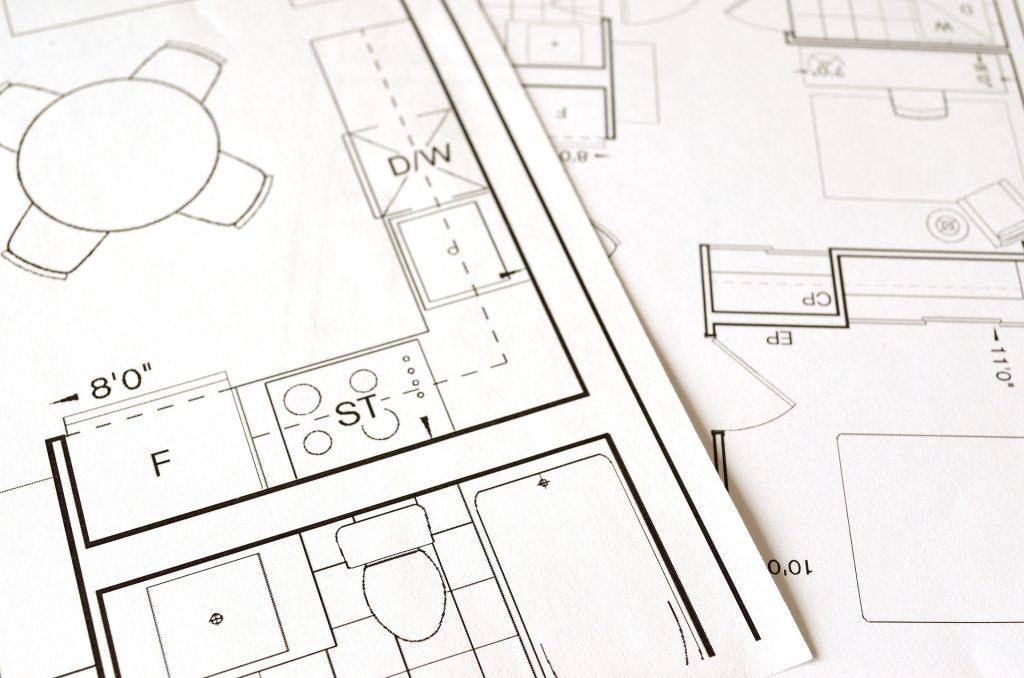Home improvements can be expensive. Some remodels, like kitchens and bathrooms, can even cost tens of thousands of dollars. Roofs and siding are the same way, easily crossing the $10,000 mark. And even smaller projects can cost several grand.
That’s why so many homeowners turn to financing products for their home repairs.
If you have equity, you typically have two choices: a home equity loan or home equity line of credit (HELOC). If you’re wondering which one is right for you, here’s what you need to know.
Home Equity Loans
Functionally, a home equity loan is a form of secured loan, a lot like a car loan or mortgage. You receive a lump sum in exchange for backing the loan with collateral which, in this case, is your home’s equity.
A home equity loan is essentially for one-and-done projects. Like most traditional loans, you receive the cash; then you repay it according to the terms. In most cases, you’ll have access to fixed-rate options, meaning your payments will be predictable. Plus, it will be paid off by a specific date, suggesting you make timely payments. Pretty simple, right?
If you are managing a one-time event, and don’t anticipate needing access to additional funds until you repay the loan, then a home equity loan might be right for you.
How Does a HELOC Work?
A HELOC operates differently. It isn’t a loan, but a line of credit. This means it has a revolving feature, similar to a credit card.
As you pay off your balance, you can borrow those funds again. Additionally, you don’t have to receive the money as a lump sum, or even use it all at once ever. Instead, you can use small available portions when the need arises.
For example, let’s say you have a $10,000 HELOC, and the full amount is available. Then, you schedule a $10,500 roofing repair, and the contractor needs half up front. You can withdraw half ($5,000) from your HELOC account to pay the contractor. Now, you have $5,000 available and have to start repaying the $5,000 you chose to borrow.
When the contractor finishes the job and needs the other $5,000, you can then withdraw that exact amount. Now you owe, give or take, $10,000 on your HELOC, and have $500 left that you can borrow. You’ll make payments according to the balance, similar to how a credit card works. But, as you pay that $10,000, your available funds go up too, allowing you to borrow it again.
In most cases, a HELOC is a better choice if you anticipate needing access to the funds over a period of time. It provides you with additional flexibility, making it ideal for managing multiple projects in succession.
Ultimately, which option you choose needs to take your needs into account. Refer to the guidance above and see if either a home equity loan or HELOC seems right for you.
Have you every financed home improvements? Which option did you use? Tell us in the comments below!
Ready for more great articles from Suburban Finance? Give these a try:
- Home Improvement Loan Application Checklist
- How to Give Your Home Curb Appeal on a Budget
- 5 Facts About Purchasing a Second Home
Tamila McDonald has worked as a Financial Advisor for the military for past 13 years. She has taught Personal Financial classes on every subject from credit, to life insurance, as well as all other aspects of financial management. Mrs. McDonald is an AFCPE Accredited Financial Counselor and has helped her clients to meet their short-term and long-term financial goals.


